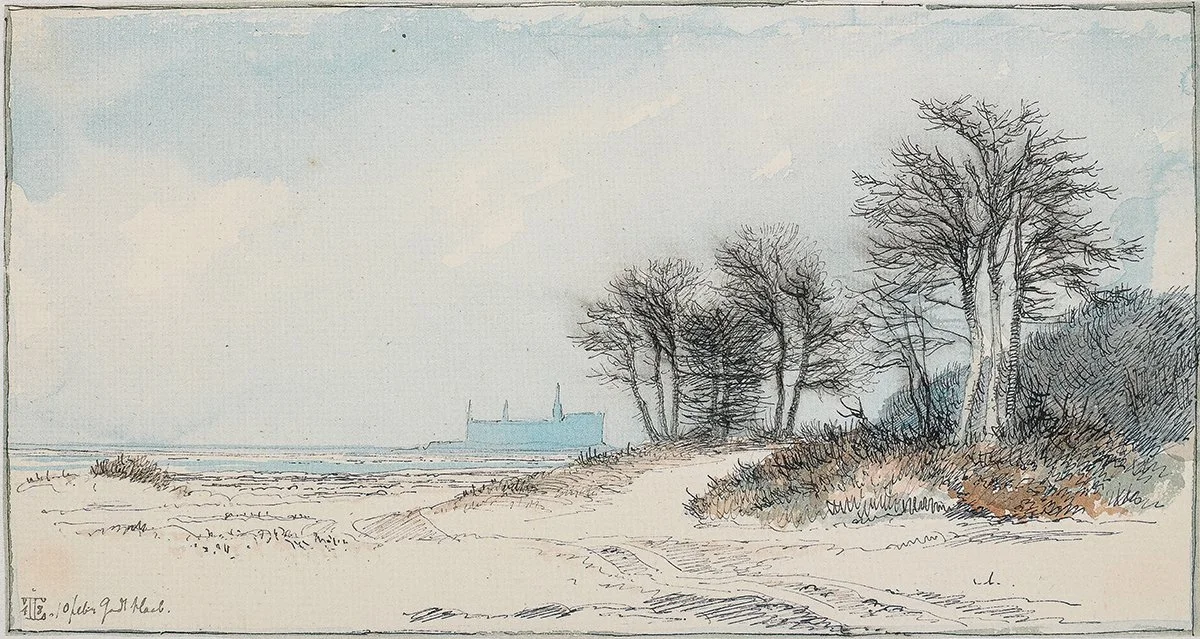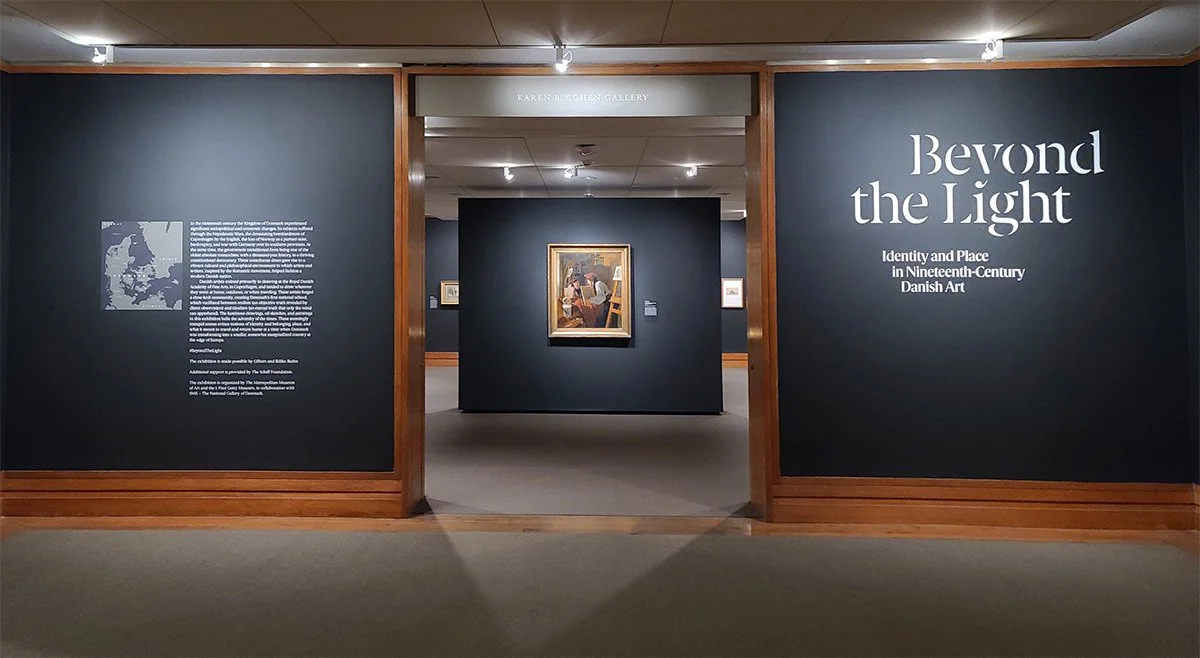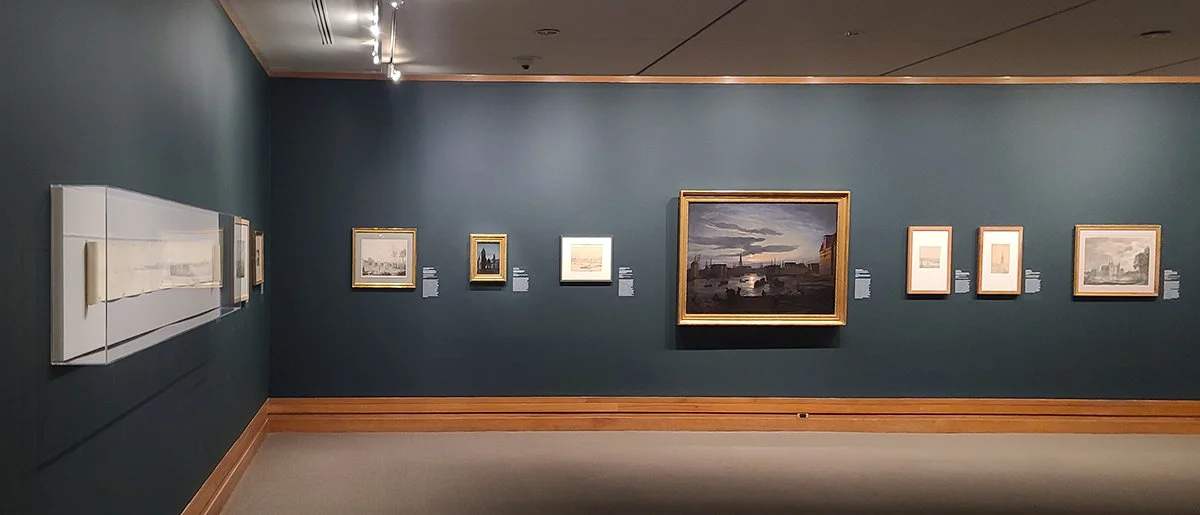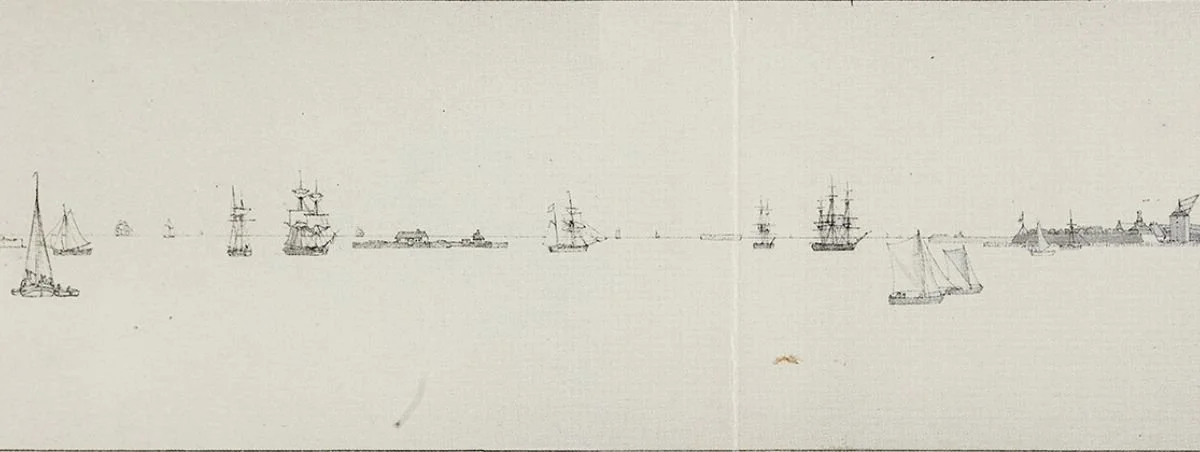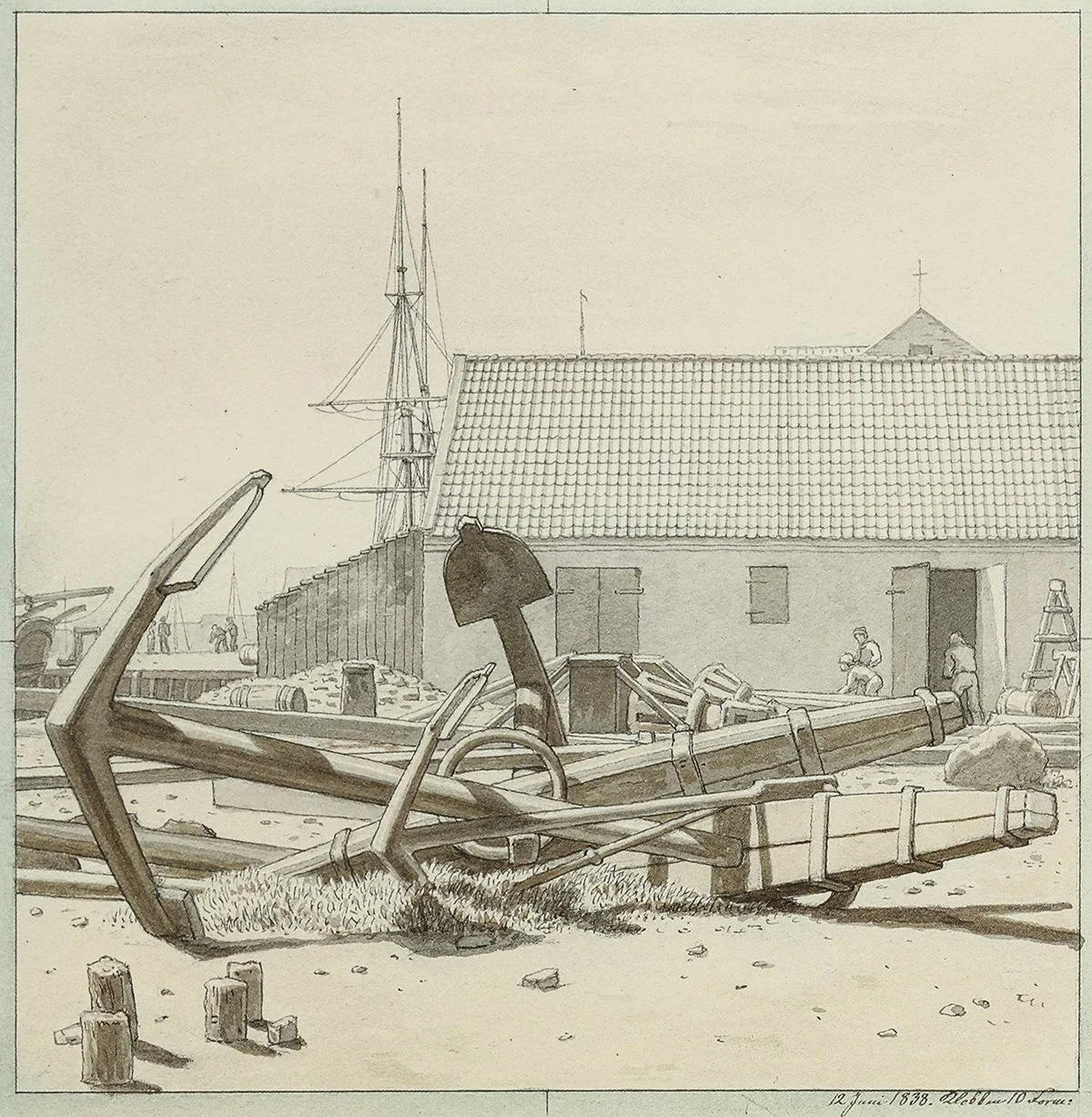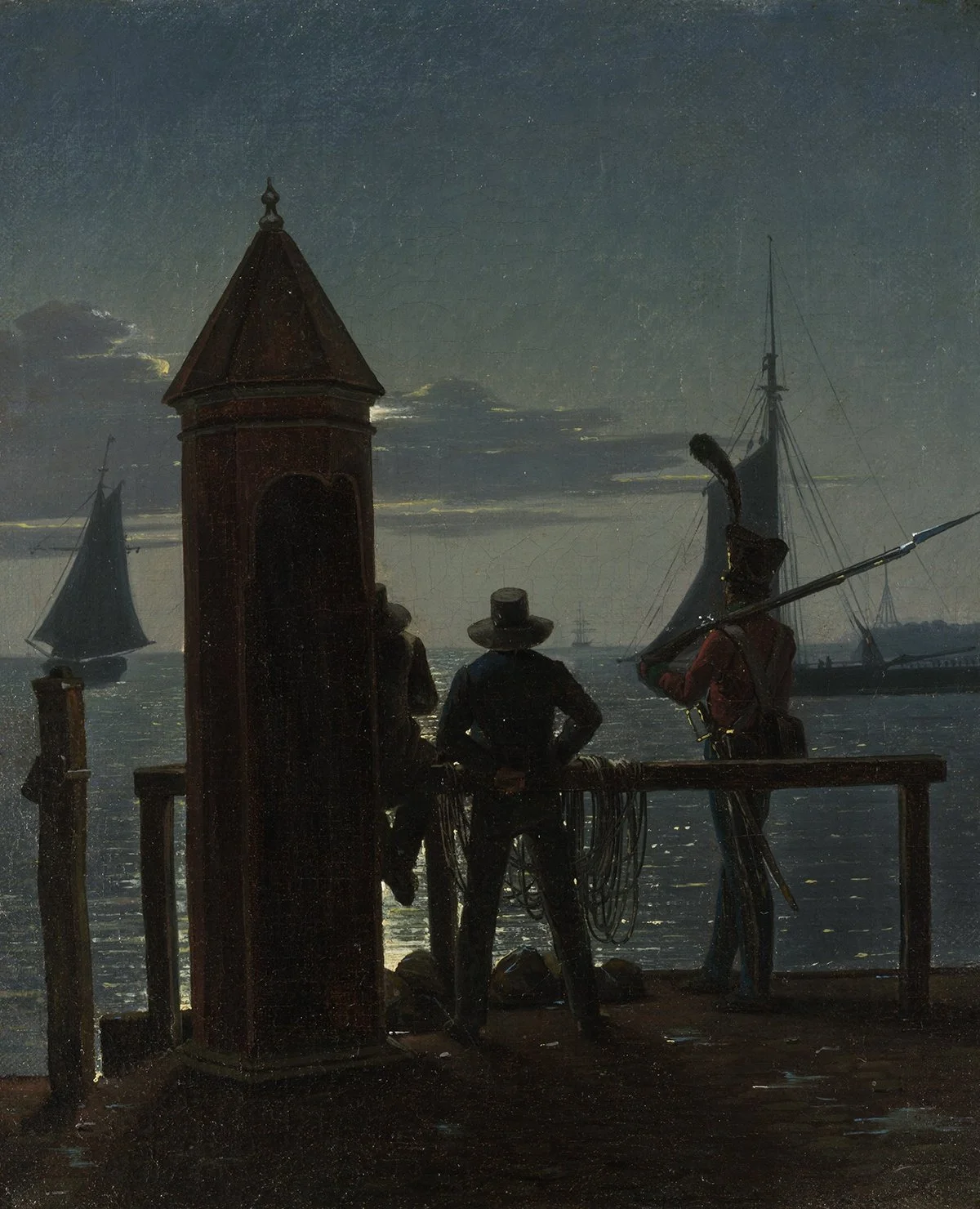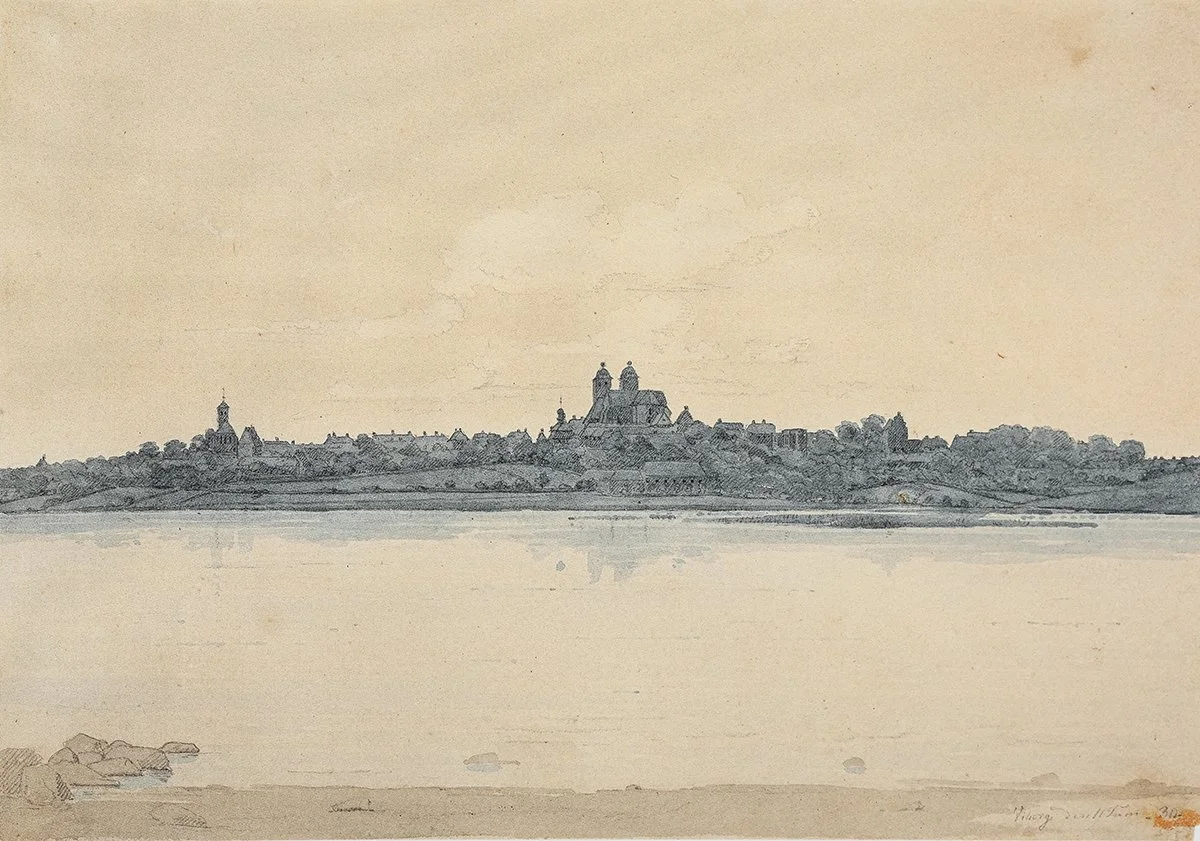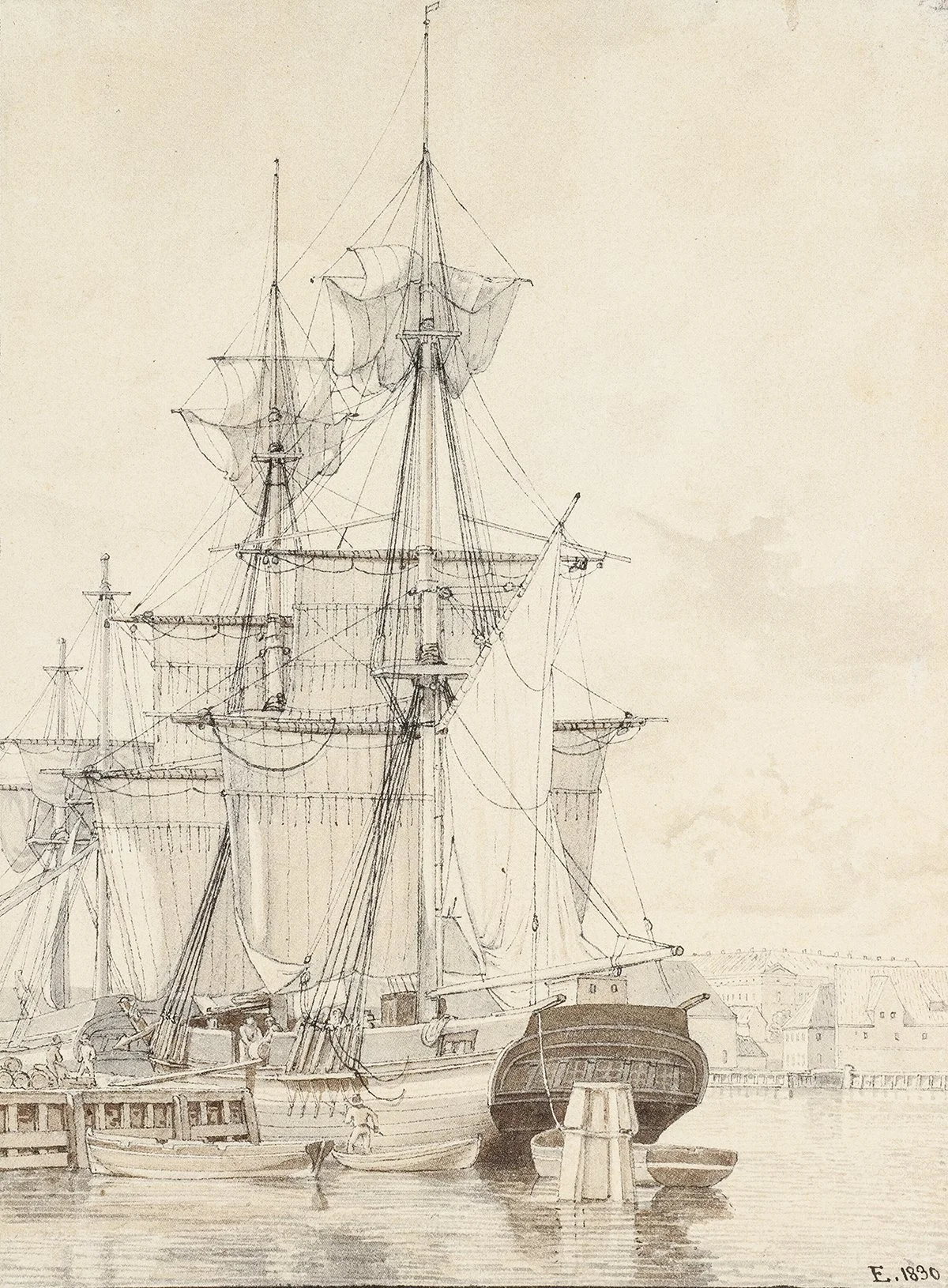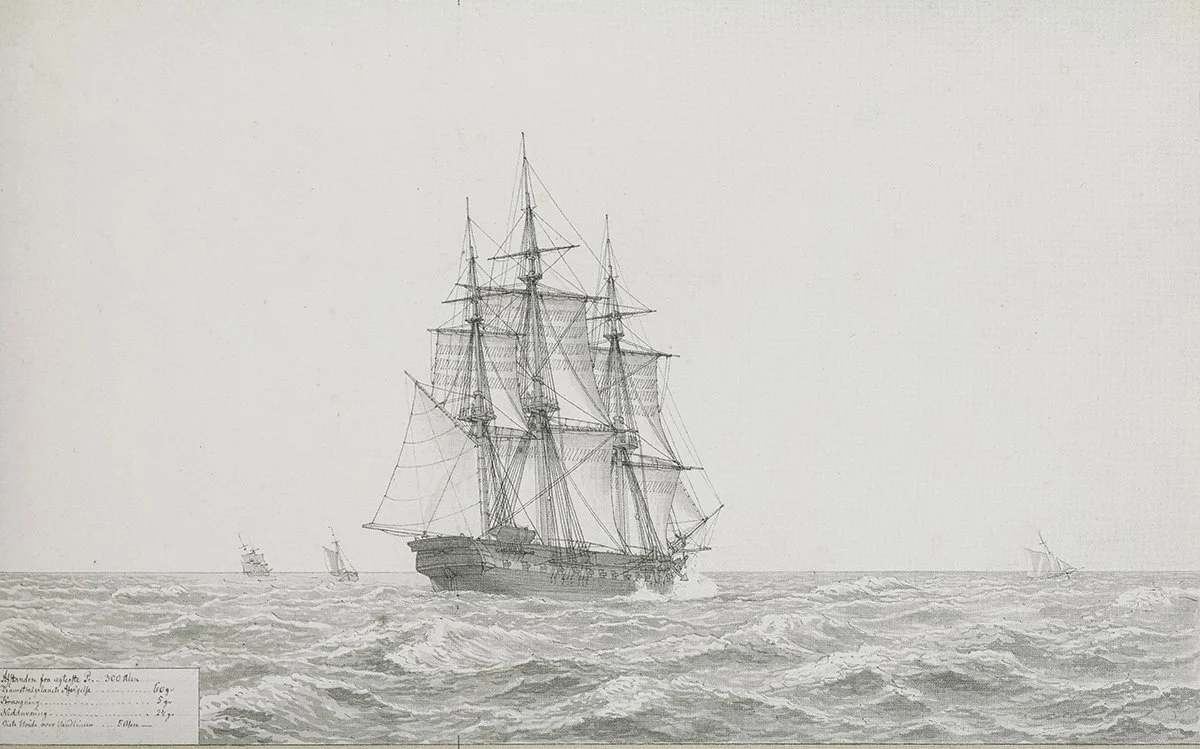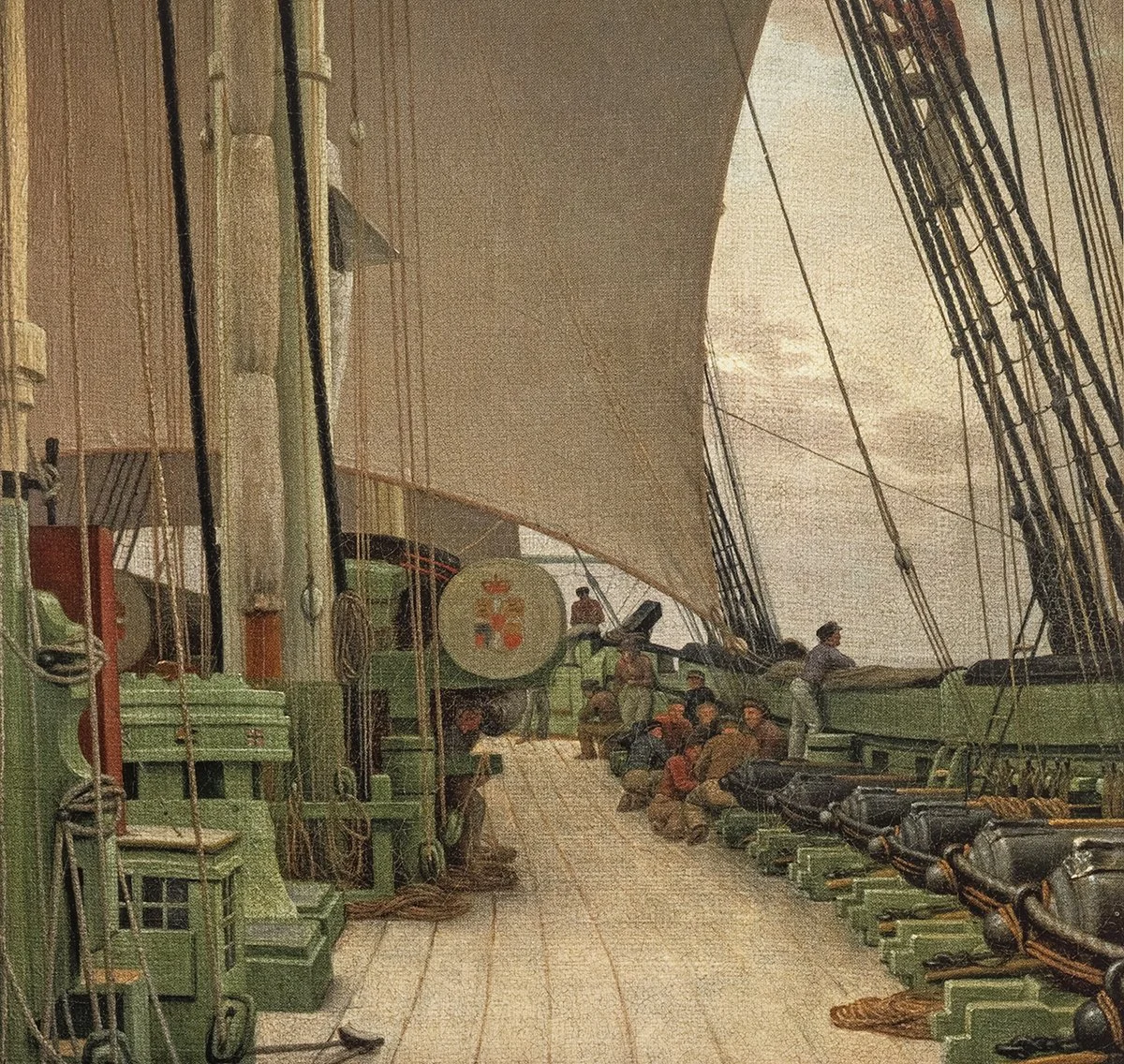SEA NOTES
Beyond the Light:
Identity and Place in Nineteenth-Century Dutch Art
View of Kronborg from the Coast North of Helsingor (Elsinore), Johan Thamas Lundbye, Danish, 1848
“What I, as a painter have made my lives goal is to paint my beloved Denmark, but with all the simplicity and modesty so characteristic of it. What beauty is there, not in the fine lines of our hills, so charmingly wave-like in formation that they seem to have risen from the sea; the mighty sea on whose shores the steep yellow cliffs stand amongst our forest, fields, and moorsWhatever it is, the way you tell your story online can make all the difference.”
The Metropolitan Museum of Art is such a large institution that it is easy to miss hidden gems within its extensive halls. This is one of the beauties of the Met; it can produce popular blockbuster exhibitions and host smaller shows that are intimate and explore more progressive themes.
Metropolitan Museum of Art
An intimate exhibition in 2023 at the Met from the Department of Drawings and Prints is titled, Beyond the Light, Identity, and Place in the Nineteenth-Century Danish Art, on view until April 16th. It is fitting that the gallery it occupies is quickly passed by and not noticed as visitors hurry past to view the Impressionist, Post-Impressionist, and other Nineteenth-century European artists. Danish art was unknown outside of Scandinavia until the mid-1980s when a major retrospective, Northern Light: Nordic Art at the Turn of the Century, highlighted and exposed the region's art. The idea of capturing the essence of northern light and how it appears in the Nordic landscape became an ideal essence of Danish landscape art and a notion that gained attention in the art world. The nineteenth-century Danish artists took particular notice of the quality of the light and its transitory nature; it raised Danish art from its everyday context into one of enlightenment.
Metropolitan Museum of Art
When entering the exhibition's first gallery, one is struck by a large panoramic pen and ink drawing of the coast of Copenhagen, Denmark. The work, Panorama of the Copenhagen Roads, is by Danish artist Christoffer Wilhelm Eckersberg. It spans five sheets of paper with a total length of 125 7/8 inches (the image is so vast that it can not be accurately shown here). The sweeping horizon line runs uninterrupted through the width of the drawing, tying the whole composition together and aiding the eye through the coastline's vista. As the viewer reads the picture from left to right, they are led into the city from the sea with various sailing vessels plying the waters of Copenhagen on their daily work routines. As one visually travels along the coast, multiple locations are indicated along the edge, fishing villages, forests, and harbors, which are drawn with such astounding detail that the piece springs to life, making it an adventure to scan the coastline. The drawing is completed on the right side, with the distant Swedish coast indicated with a soft, undulating line suggesting a maritime connection with Sweden.
Detail, Panorama of the Copenhagen Roads, Christoffer Wilheim Ecjersberg, Danish
This sets the tone for the remainder of the exhibition; the show explores a more intimate view of Danish culture, seascapes, and landscapes through the various works of art. At this time in the history of Denmark, the culture and society had gone through multiple changes, politically and economically. With the Napoleonic wars, Copenhagen had been besieged by the British Navy twice in 1801 and 1807. The second battle of Copenhagen resulted in the loss of much of the merchant fleet and the Danish Navy. Thousands of homes were destroyed, leaving many people homeless, and the destruction of Copenhagen Cathedral and University. As a result, Denmark was forced to side with France, and this fateful decision led to the destruction of the Royal Danish empire.
Anchors on Copenhagen Square, Christoffer Wilhelm Eckersberg, Danish, 1838
In 1814, Denmark declared bankruptcy and was forced to cede Norway to Sweden, resulting in a loss of the Norwegian merchant fleet and numerous natural resources from Sweden. All of this led to economic and political turmoil, eventually leading to the absolute monarchy's decline and the rapid rise of democratization in the 1850s.
View from the Citadel Ramparts in Copenhagen by Moonlight, Martinus Rørbye, Danish, 1839
Continuing with the exhibition, a little way down from the Panorama of Copenhagen is Martinus Rorbye’s painting View from the Citadel Ramparts in Copenhagen by Moonlight, 1839. An intimate painting that speaks volumes about the Danish society of the times, encapsulating a romantic nationalism prevalent during this period after the catastrophic events following the Napoleonic wars. The central theme of the painting is the Citadel on the northern coast of Copenhagen, built under King Charles IV in 1626 as a fortress to protect the city. The painting does not focus on the martial aspect of the Citadel or the two sailors and the soldier overlooking the moonlit waves and several ships in the harbor. Rorbye instead has positioned the three men, turned outward towards the sea, as one of contemplation and relaxation, which reflects the Romantic Nationalism of the period.
Viborg, Seen from Asmild Klosterhave, near Sonderso, Martinus Rorbye, Danish, 1830
The nation of Denmark comprises an archipelago of several hundred islands, whose shorelines and waterways define the landscape that the artists are trying to capture in their works. They achieve a sense of national identity, and for artists like Rorbye and Eckersberg, the waterways and coasts become an important symbol of national security and pride. The sea, for many Danes, represented a place of adventure, history, past, and future prosperity.
Sailing Vessels at Wilders Plads, Copenhagen, Christoffer Wilhelm Eckersberg, Danish, 1830
Corvette "Najaden", Christoffer Wilhelm Eckersberg, Danish, 1833
This exhibition explores the many themes representing Denmark and its people in the mid-nineteenth century, rebuilding and rebranding the national narrative. It is also an examination of the quality of work that was achieved during this period of artistic endeavors that pushed the essence of the art into a high representation, a reflection of the long artistic tradition of the Nordic region. The depth of works on view gives a well-defined and thorough look into the culture, land, and seascapes and gives a deeper understanding of the Danish people and the country that they are proud of.
Starboard Battery and Deck of the Corvette "Najaden", Christoffer Wilhelm Eckersberg, Danish, 1833

